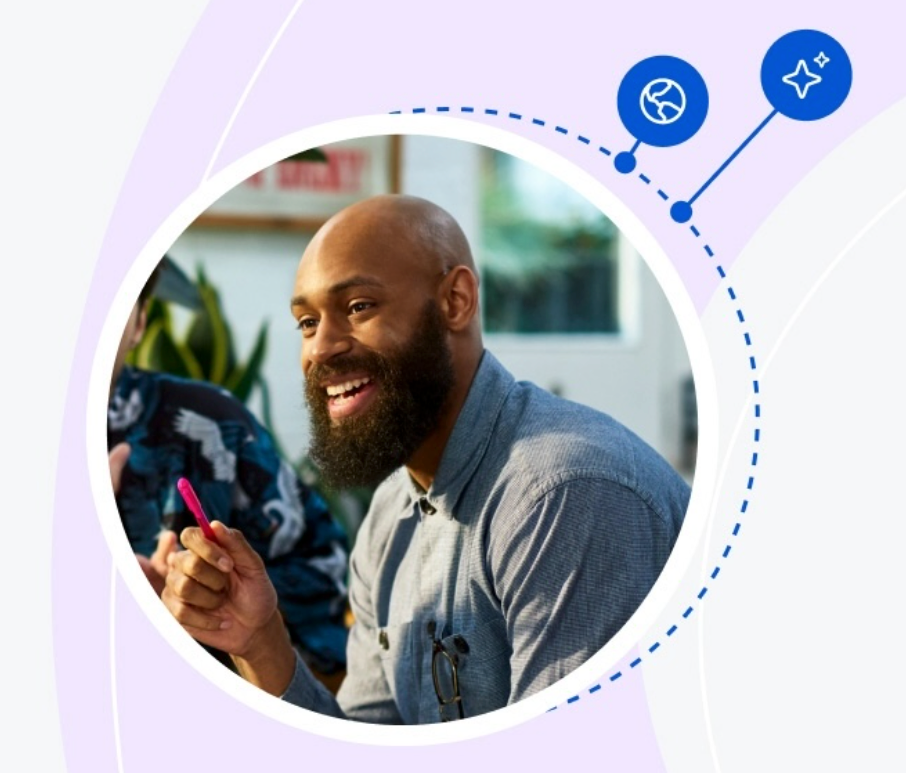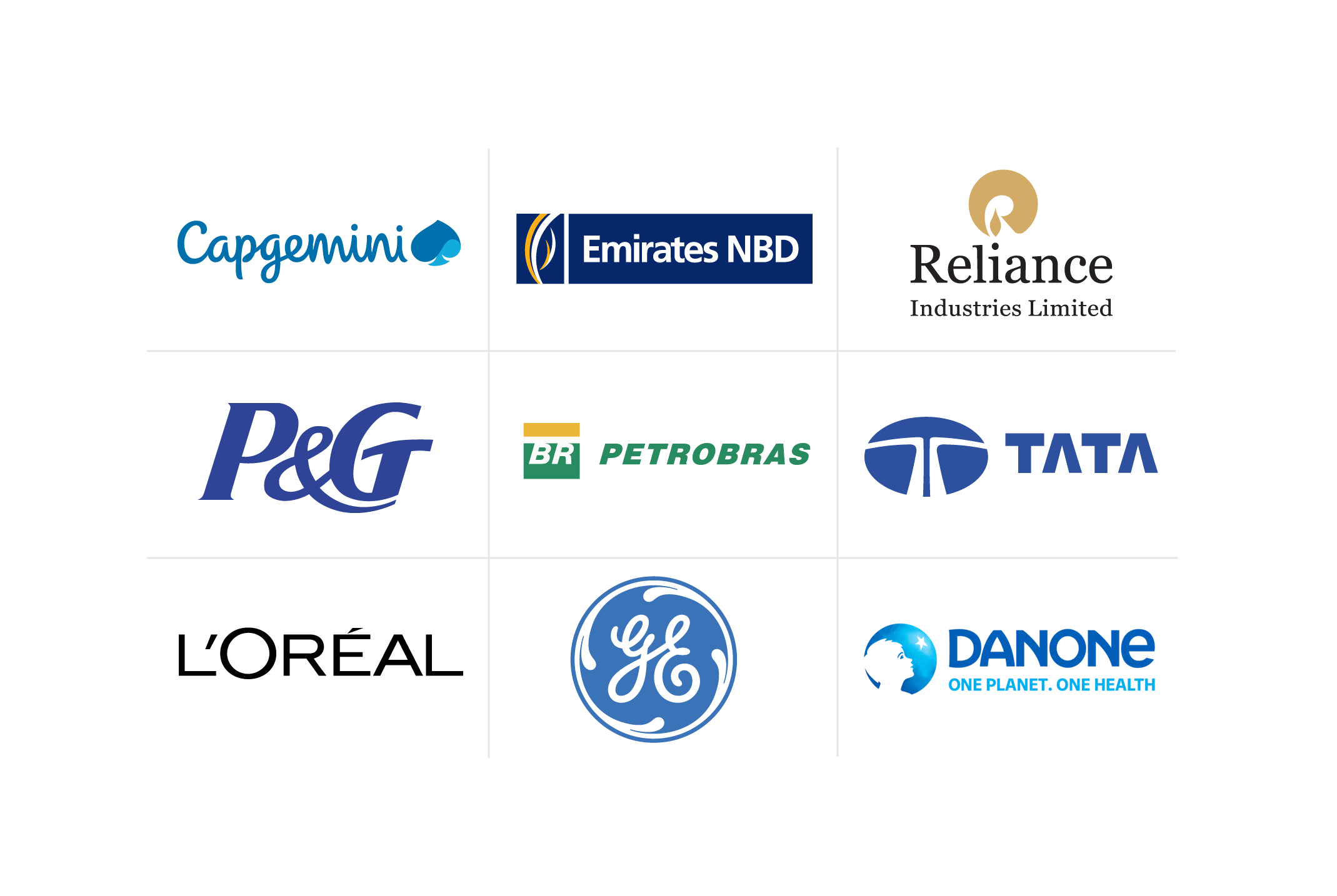How to Craft an Optimal Learning Experience for Your Company
Learn about crafting a well-planned learning experience for your company, including the value of employee learning, challenges, and how to overcome them.

Learning experiences are important not only for employee job satisfaction but also for a business's overall success. With the right learning experience initiatives in place, you can more effectively retain workers while simultaneously improving outcomes such as profitability and the ability to adapt to change.
One reason for the performance boost experienced through learning experiences is their positive impact on employee engagement levels. According to data from Gallup, highly engaged employees are 17 percent more productive [1]. Read on to explore how learning experiences impact companies and discover how to implement successful learning experiences.
The importance of employee learning
The benefits employees gain through learning experiences ultimately flow back to benefit the business. Empowering employees makes them feel more valued and creates loyalty, which leads to higher levels of retention.
This feeling of empowerment also leads to improvements in engagement and better job performance, contributing to a productive and profitable work environment where your staff is equipped with the skills they need to perform their best. Another notable advantage of providing learning experiences is its impact on your company's ability to adapt to change in terms of what skills are relevant now and in the future within your industry.
Designing a tailored learning journey
When putting together a tailored learning plan, consider objectives that factor into the goals of both the business and the employee. For example, by performing a skill gap analysis, you can acquire insights that highlight gaps between the skills your workforce has and the skills they need to perform optimally. By identifying skill gaps, you can tailor learning efforts to address these gaps in order to upskill employees in a way that will benefit the company.
However, it’s not enough to only factor in the needs of your business. The learning experiences you provide should also consider the goals of your employees. Take the time to learn about your staff members' career goals and discuss the skills they will need to get there. With this information, you can craft a plan that adequately addresses the needs of the business while also supporting individual employees and their learning interests.
Implementing innovative technologies in learning
With the help of various innovative technologies, you can provide more efficient learning experiences with better outcomes. Learning experience platforms (LXPs) are a type of employee training software powered by artificial intelligence. LXPs can create personalized learning experiences for employees that account for what they want to learn, as well as the relevant skills to their role. To improve engagement, LXPs offer several learning methods that align with individual preferences. This also enhances the ability to retain material.
Augmented reality (AR) and virtual reality (VR) are also emerging in this space, introducing immersive learning experiences that make practical training possible through simulations. These simulations are valuable because they create an environment where you can practice implementing the skills you learn within a controlled environment. Beyond simulations, this technology also supports gamification. With gamification, you can develop a fun, competitive, and engaging learning environment where the learning process is informative and entertaining to help with retention.

Overcoming challenges in corporate learning environments
It’s not unusual to experience challenges in corporate learning environments. Four potential problem areas are accessibility, budget constraints, engagement, and measuring the effectiveness of learning efforts.
1. Accessibility
You can make learning more accessible through online learning experiences. This way, all you need is a device, such as a laptop, and an internet connection to learn on your own from anywhere. This flexibility makes it possible to fit learning into a busy schedule and work through the material at a pace that works for various circumstances.
2. Budget
You have several options available to address cost concerns. By allocating employees into groups, you can more efficiently utilize material to provide learning opportunities. Cross-training is also a worthwhile way to use the knowledge in your workforce and share it with other employees. In addition to improving accessibility, online learning platforms also serve as a budget-friendly way to access learning experiences.
3. Engagement
Suppose employees don't engage and show interest in the learning experiences that are available to them. In that case, your initiatives won’t provide them or the business with value, which is especially problematic when you need to upskill your staff. To avoid poor engagement, introduce gamification to make learning more fun, provide several learning options considering different learning styles, and ask for regular feedback to learn how people feel about the learning experiences.
4. Monitoring learning effectiveness
To ensure you’re implementing effective and relevant learning experiences, perform a needs analysis to identify where skills are lacking, and then apply programs that address those weaknesses. Providing a quality learning experience also involves ensuring the material is updated with technological advancements and changes within the industry. You can do so by having an expert review the information, asking for employee feedback, and updating learning material as new versions become available.
Read more: What Is Workplace Learning?
Measuring the success of learning initiatives
It’s difficult to measure the exact return on investment of learning initiatives. Still, analytics can help provide valuable feedback to learn about the type of impact they’re having on the organization. The following are key metrics to take a closer look at to evaluate the success of learning initiatives:
Operational efficiency: By measuring efficiency levels, you can identify whether the learning experiences you provide lead to improvements in output or, conversely, cause more distraction from work-related tasks. Specific metrics here include output per hour and task completion time.
Employee retention: A learning program should help reduce turnover rates and improve job satisfaction, benefiting employees from their skill development efforts and furthering their promotion opportunities.
Getting started with Coursera
Providing learning experiences can help your company improve business outcomes and foster a better work environment for employees. Ready to get started?
Attract frontline talent, support internal mobility, and prepare workers for in-demand, digital jobs with Career Academy from Coursera. Featuring a curated catalog of guided tutorials and projects focused on high-value digital skills and tools, Career Academy offers competitive career development opportunities with training programs from industry leaders like Google, Salesforce, Intuit, Meta, and Ashok Leyland, among many others.
Explore Coursera for Business to learn how to provide the technology training your business needs to be competitive.
Article sources
1. Gallup. “State of the Global Workplace, https://www.gallup.com/file/workplace/257552/State_Global_Workplace.pdf.” Accessed April 18, 2024.
This content has been made available for informational purposes only. Learners are advised to conduct additional research to ensure that courses and other credentials pursued meet their personal, professional, and financial goals.

